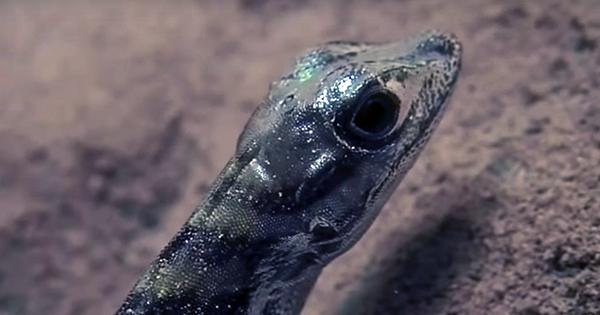In 2009, some researchers spotted the behavior of breathing in a lizard in a unique stream that had never been seen before in a submarine.
Now, in a new part of the study published in the journal Current Biology, those same researchers have finally been able to respond to their observations in a study centered on the Anolis lizard. Not only were they able to confirm that these lizards were using a subterranean respiratory technology observed in arthropods, but they also discovered that they were present in six Anolis species they studied. The impressive technique allows the lizards to stay underwater for a long time thanks to a bubble that they stick to the skin of their nose.
After scuba diving machines, the team can re-breathe this air by behaving as if they were “reunited”. Co-author Luke Mahler in a statement, “Re-breathing has never been considered a possible natural process for underwater breathing in submerged water in the spine.”
“However, our work shows that this is possible and that species have repeatedly applied this technique to species that use aquatic habitats.” The Anolis lizard is a family of anoles in the Dactyloidae family (famous for their flashy bankruptcy) and some of these tropical American natives use their impressive diving skills as a defense to avoid predators.
After drowning, they release air bubbles for resuscitation that can keep them submerged for more than 18 minutes. The team was able to ensure that they were able to measure the oxygen content of the bubbles, which was due to reconsideration, which decreased over time. According to the researchers, the main key to the remarkable restoration is not the diving, but probably the hydrophobic skin structure of most of the annulus. “All anole lizards have waterproof skin,” Mahler told IFLScience. “As a result, even species that do not dive into their normal course of life will develop a thin film of air over their scales if you immerse them in water (with their” quicksilver”appearance).”
We still have a lot to learn about what makes anole skin so waterproof. It can probably do this with the structure and arrangement of the fibers but we don’t know for sure.”














